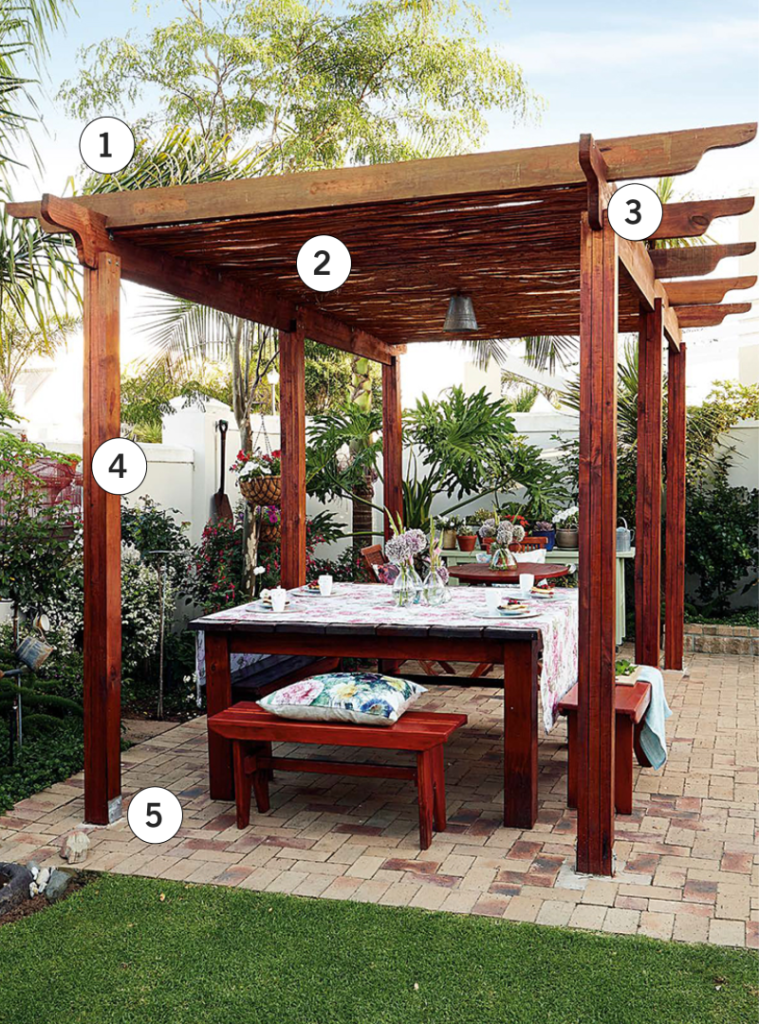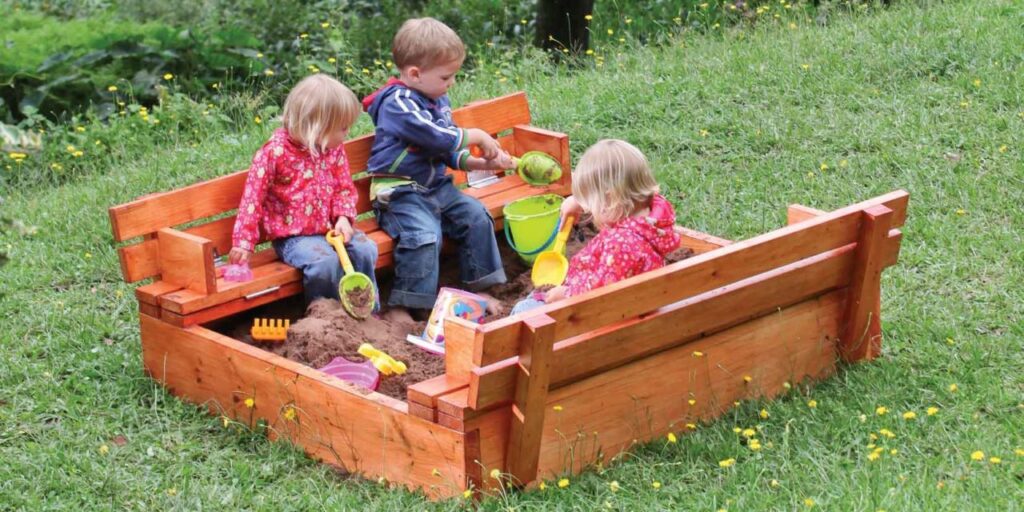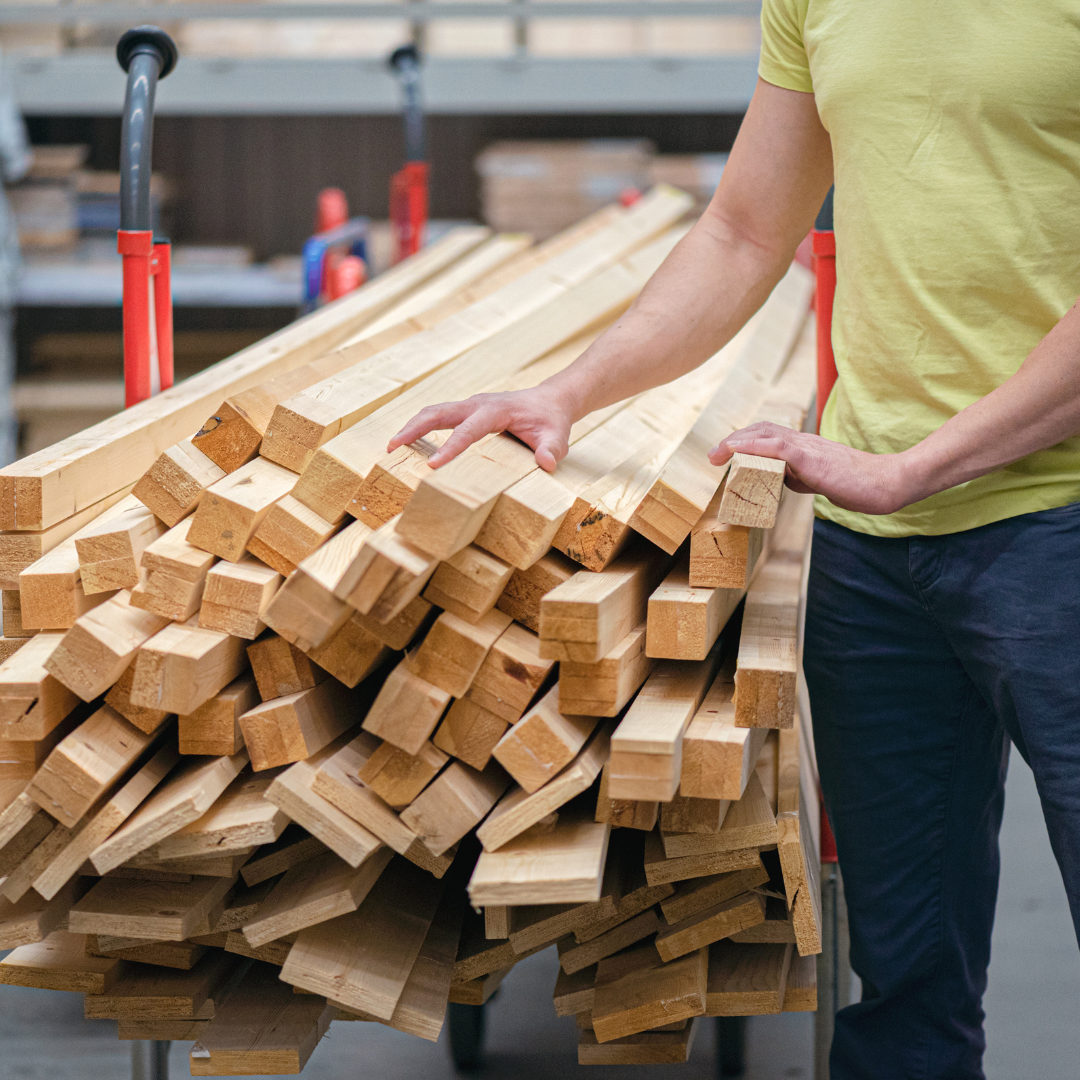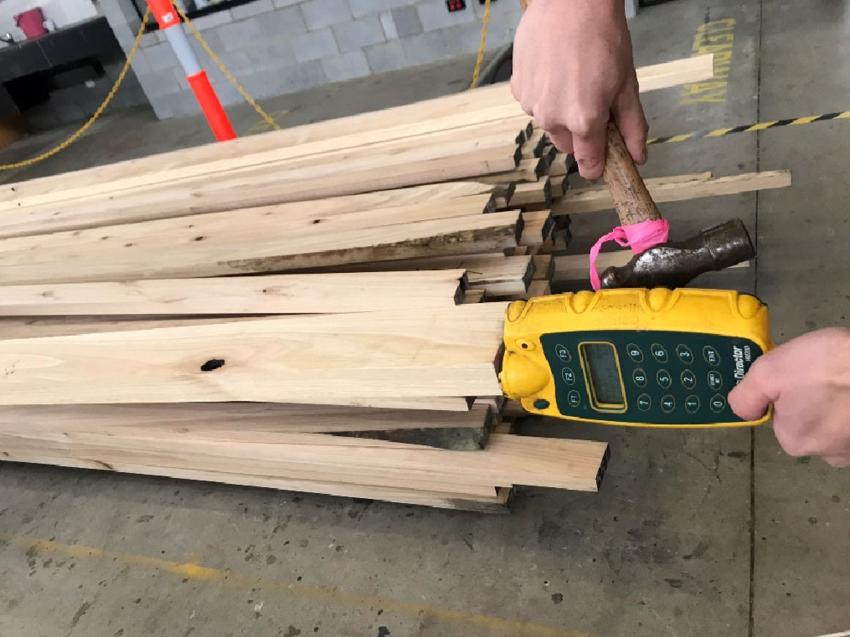Grading structural timber is highly important. This is because it ensures the quality, safety, and reliability of the timber used in construction projects.
By grading structural timber, professionals can assess and classify the strength, durability, and structural properties of the wood. As a result, builders, architects, and engineers can select the appropriate timber materials that meet specific load-bearing requirements and safety standards.
In this article, we will explore the importance of grading structural timber and how it impacts construction projects.
Understanding what Grading Structural Timber is.
As mentioned previously, structural timber grading is a standardized process. It involves the evaluation of the strength, stiffness, and other important properties of timber. furthermore, it involves classifying timber into different grades. This is based on its structural performance. These grades determine the suitability of the timber for specific applications, ensuring that it meets the required safety standards.
The Benefits of Grading Structural Timber
1. Safety and Structural Integrity
Grading timber ensures that only materials with adequate strength and durability are used in construction projects. By using graded timber, builders can have confidence in the structural integrity of their designs, reducing the risk of failures or accidents.
2. Consistency in Quality
Through grading, timber suppliers can provide consistent quality across their products. Graded timber is manufactured and tested according to industry standards, ensuring that each piece meets the necessary specifications. This consistency allows builders to work with reliable and predictable materials, resulting in more efficient construction processes.
3. Cost Efficiency
Grading timber allows builders to optimize their material usage. By selecting the appropriate grade for each application, wastage is minimized, reducing overall project costs. Furthermore, graded timber tends to have fewer defects and higher strength, which can lead to longer-lasting structures and potential cost savings in maintenance and repairs over time.
3 The different grades of structural timber
There are 3 grades of structural timber namely S5, S7 & S10. S5 structural timber is generally used in the building industry. Many factors need to be taken into consideration when building any type of home/office etc. Factors such as exterior moldings, flooring, and of course the support beams and structural timber. All of these areas will need separate building materials with different treatments, rules, and regulations that are enforced by the South African safety law.
At Sabie Poles, we provide all of these products to individuals and on a wholesale basis to timber merchants all over Southern Africa. We supply SABS-approved S5 structural timber.
Process of grading structural timber timber
Timber grading is the process by which timber is sorted into groups with ideally, similar appearance or structural properties in each group. Grading standards make it easier for a designer to communicate what is required in a piece of timber to the supplier. A grade designation refers to a full suite of structural, utility, or appearance properties
Structural timber is graded using three methods namely:
Visual grading
A visual inspection is done by a trained timber grader to visually identify any imperfections that may reduce the structural capacity of the timber. Based on these observations, the grader assigns a grade to the timber, indicating its structural properties.
Mechanical grading
Machine grading utilizes specialized equipment to evaluate the strength and stiffness of timber. This process involves subjecting the timber to mechanical stress tests, measuring its response, and determining its grade based on the test results. Furthermore, machine grading offers a more objective and precise assessment, complementing visual grading techniques.
Proof grading
Relies on timber being passed through a machine and stress placed on the timber in a downward action, the deflection of the timber is measured and therefore the timber grade is determined on this amount of deflection.
These methods of grading timber for structural uses are conducted by visually inspecting a combination of the elements in the timber such as Timber species, Unseasoned/Seasoned timber, knot size/location, machining hit/miss, checking, bow/cup/twisting.
When graded and the necessary standards are met it means it conforms to the SABS standard of strength and quality. It is, therefore, eligible to be sold locally and internationally.
It is Christmas time!
Wood DIY (Do it yourself) projects are very enjoyable. You can either do it yourself or make it a family project and spend quality time with your loved ones and build something that will have many precious memories attached to it.
You can make something that will last longer and save you money at the same time. Sabie poles have done multiple posts on DIY projects over the last couple of years, so we wanted to take some time to remind our readers of everything they can do with our CCA Tanalith treated timber.
DIY Ideas for structural timber
Since it’s almost Christmas we went ahead and found 3 DIY ideas that may be of some use:

Gardening – Do you love gardens? The idea of having raised garden bed plans is very appropriate for urban gardeners with cramped-up garden spaces. This garden bed plan refers to elevated garden beds that keep critters out of reach and also for water to be drained efficiently without accumulating at the pot’s bottom. Furthermore, raised garden beds high aesthetic value and honestly, the designs for this know no bounds.

Pergola – A pergola in your backyard offers the benefit of creating a versatile outdoor living space. It provides a shaded area where you can relax, entertain guests, or enjoy meals with your family. All this while still being able to experience the beauty of the outdoors. The structure of a pergola, typically consisting of open beams or lattice roof, allows filtered sunlight to pass through. This creates a pleasant and comfortable ambiance. Whether you want to unwind with a book, host a barbecue, or simply enjoy the fresh air, a pergola adds an elegant and functional element to your backyard, enhancing your overall outdoor living experience.

Sandpit for the kids – A beach in a box for the kids! This will keep them occupied for quite a while, help them spread their imagination.
Note: Did you know that Sabie Poles offers you the opportunity to Lay-buy your timber? That way you can set aside your timber for that big D.I.Y project you are dreaming of and pay it off as the funds become available. Contact our sales office to discuss our lay-buy options.



